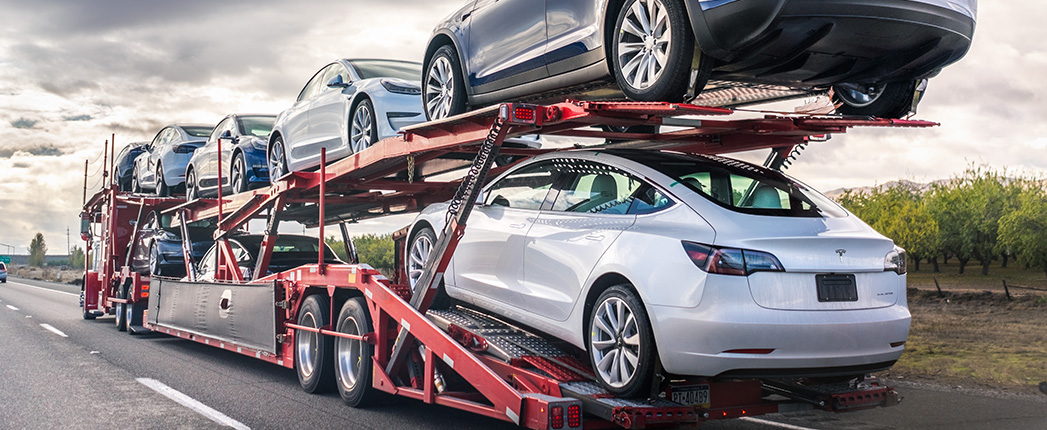
The California Air Resources Board last month approved a rule that establishes a roadmap to end the sale of new internal combustion engine cars and light trucks by 2035, as part of a policy to switch to zero-emissions transport and reduce demand for fossil fuel.
California is the country’s largest car market, accounting for 12% of new vehicle sales. Its emissions legislation is often the most stringent and sets a precedent that other states follow and automakers comply with.
The rule – Advanced Clean Cars II – accelerates requirements that automakers deliver an increasing number of ZEVs each year, beginning in model year 2026. Sales of new ZEVs and plug-in hybrids would need to account for 35% of sales that year, rise to 68% in 2030 and reach 100% in 2035. The regulation codifies light-duty vehicle goals stipulated in California Gov. Gavin Newsom’s September 2020 executive order.
“Rapidly accelerating the number of ZEVs on our roads and highways will deliver substantial emission and pollution reductions to all Californians, especially for those who live near roadways and suffer from persistent air pollution,” CARB Chair Liane Randolph said in a press release.
The regulation applies to automakers, not dealers, and covers only new vehicle sales. It does not affect existing vehicles on the road today, which would remain legal to own and drive.
Plug-in hybrid, full battery electric and hydrogen fuel cell vehicles would count toward an automaker’s requirement. PHEVs must have an all-electric range of at least 50 miles under real-world driving conditions. In addition, automakers would be allowed to meet a maximum of 20% of their overall ZEV requirement with PHEVs.
The Advanced Clean Cars II rule also includes updated regulations for light- and medium-duty ICEs to lessen the air quality impacts from conventional vehicles. The board said the low-emission vehicle standards are designed to prevent potential emission backsliding by removing ZEVs from the emissions baseline used to calculate new vehicle fleet-average emissions. The regulation also decreases the exhaust emissions allowable under more real-world driving conditions and emissions caused by evaporation.
According to CARB, states that currently follow California’s vehicle rules are expected to adopt these regulations through their own rulings. Such states constitute about 40% of the nation’s new car sales.
For more coverage of electric vehicles and their impact on lubricants, subscribe to Lubes’n’Greases’ Electric Vehicles InSite.